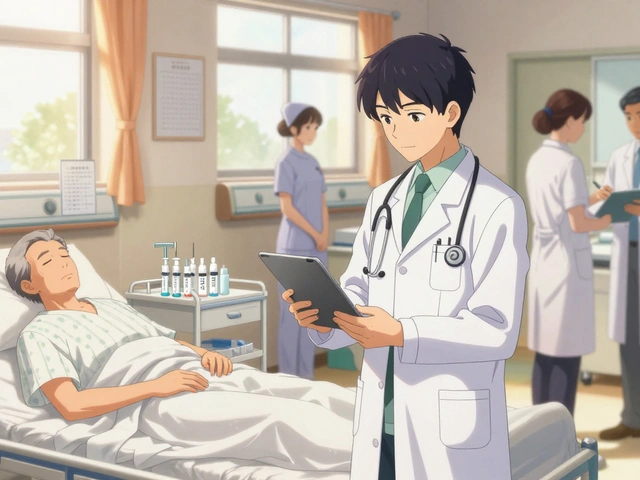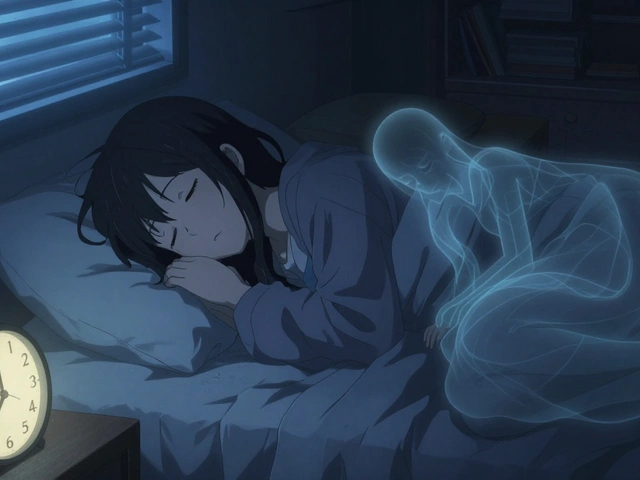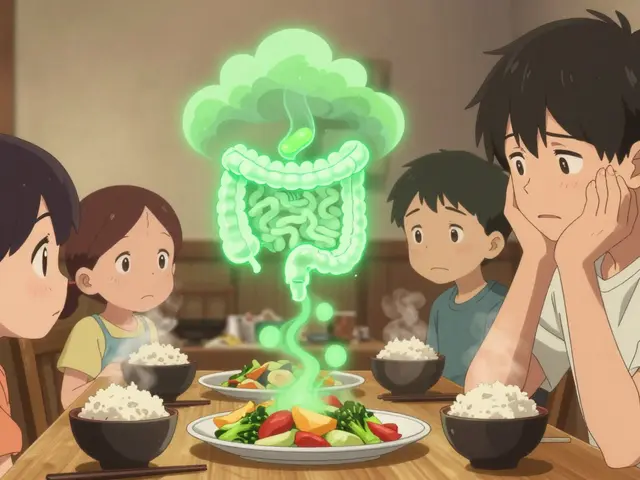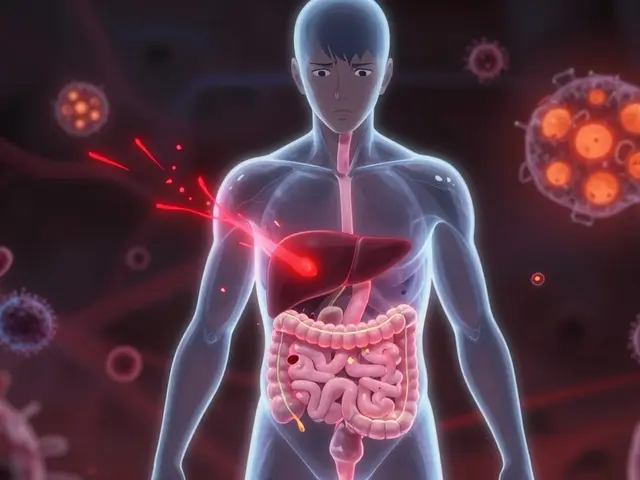Eye Treatment: Common Conditions, Solutions, and What Works
When it comes to eye treatment, the process of managing discomfort, infection, or vision-related issues affecting the eyes. Also known as ocular care, it’s not just about drops and ointments—it’s about understanding what’s really causing the problem. Many people assume redness or itching means they need antibiotic drops, but that’s not always true. In fact, most common eye issues like dry eyes or allergic conjunctivitis don’t need antibiotics at all. Using them anyway can make things worse by disrupting your eye’s natural balance.
Dry eyes, a condition where your eyes don’t produce enough tears or the tears evaporate too quickly. Also known as keratoconjunctivitis sicca, it’s one of the most frequent reasons people seek eye treatment. It’s not just about being in front of a screen too long. Low humidity, certain medications, aging, and even dehydration play big roles. The fix? Not always eye drops. Sometimes it’s changing your environment, drinking more water, or using a humidifier at night. And if you’re using over-the-counter drops with preservatives daily, you might be irritating your eyes more than helping them.
Conjunctivitis, inflammation of the thin layer covering the white part of the eye. Also known as pink eye, it can be viral, bacterial, or allergic. Viral conjunctivitis clears on its own in 7–10 days. Antibiotics won’t help. Bacterial cases need proper diagnosis—many people mistake irritation for infection and self-treat, delaying real care. Allergic conjunctivitis? That’s about avoiding triggers like pollen or pet dander, not antibiotics. Even contact lens wearers often misread symptoms, leading to unnecessary treatments or worse, corneal damage from improper hygiene.
Eye treatment isn’t one-size-fits-all. What works for a 25-year-old with seasonal allergies won’t help a 65-year-old with age-related tear production decline. And while some posts here cover broad health topics like hydration’s role in skin conditions or antibiotic side effects, the same principles apply to your eyes. Dehydration affects your tear film. Overusing antibiotics disrupts your body’s natural defenses—even in your eyes. You can’t treat eye problems in isolation from your overall health.
You’ll find real-world advice here—not theory, not marketing hype. We’ve pulled together guides that show you how to spot the difference between a simple irritation and something that needs a doctor. You’ll see what treatments actually work based on evidence, not trends. Whether it’s understanding why certain eye drops cause rebound redness, learning how to clean your eyelids properly, or knowing when to walk away from the pharmacy shelf and see a professional, this collection cuts through the noise.
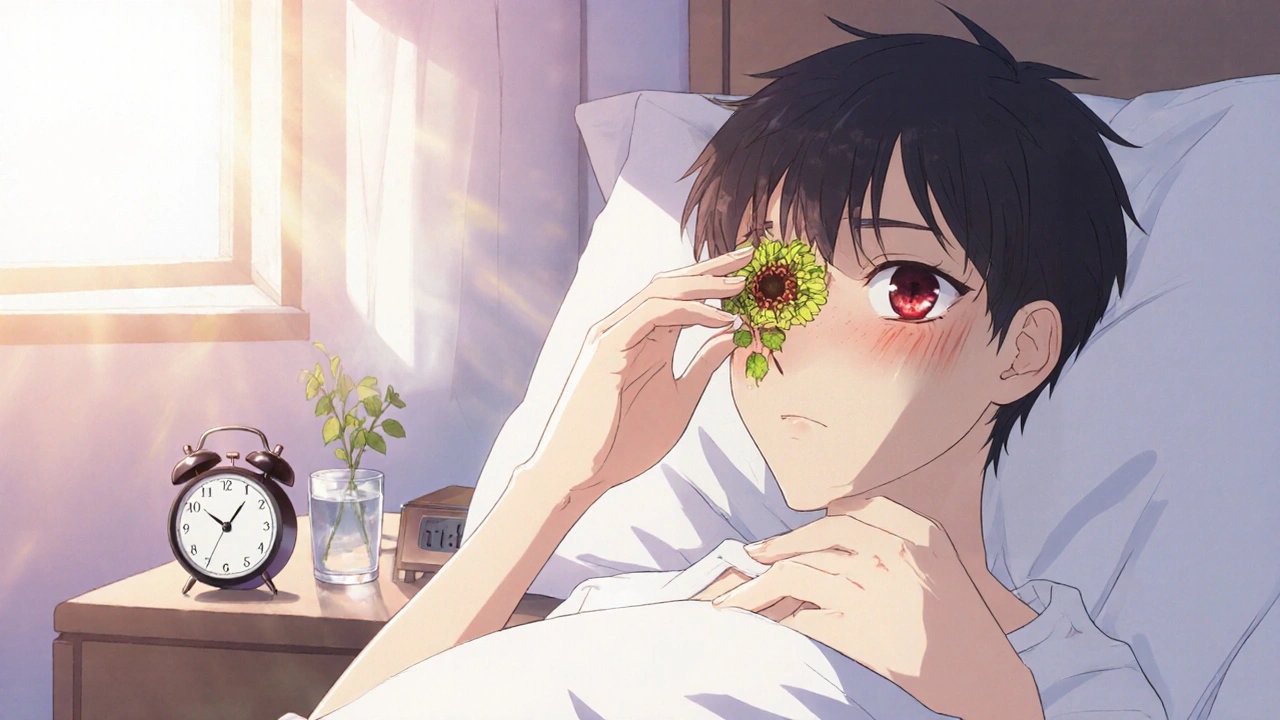
Bacterial Eye Infections vs Conjunctivitis: How to Spot the Difference
Learn how to tell bacterial eye infections apart from conjunctivitis, spot key symptoms, get the right treatment, and prevent future eye problems.

